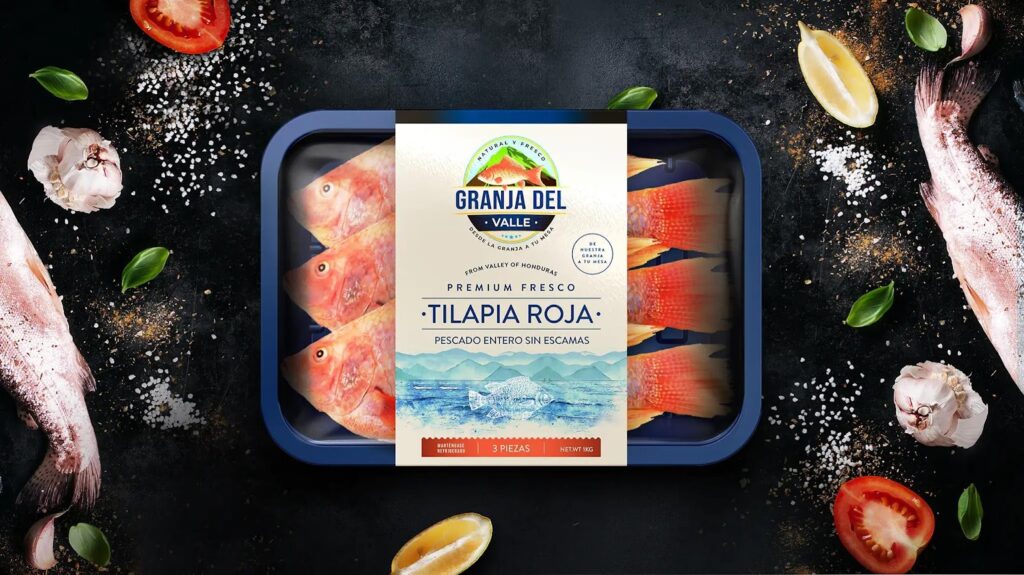When we browse the aisles for seafood, understanding the information on those fish labels can be as vital as deciphering any tech gadget’s specs. The intricacies of fish labeling aren’t merely about names and dates; they’re a gateway to transparency, ensuring consumers make informed choices. Let’s dive into the depths of fish labeling, decoding its significance and unraveling the core elements that define our seafood selections.
Why Fish Labeling Matters
In 2014, pivotal changes swept across EU regulations, aiming to revolutionize how consumers engage with fishery and aquaculture products. These amendments weren’t mere paperwork; they were pillars bolstering the bridge between consumers and the origins of their seafood. Fish labeling isn’t just about names; it’s a compass guiding us through the journey of the product, from catch to consumption. It’s about safety, freshness, and sustainability.
Unlocking Fish Labeling
Understanding the ins and outs of fish labeling is pivotal. Unsure about how fresh and frozen fish should adhere to regulations? Fear not, we’re here to demystify the essentials you need to know.
Cracking the Code

Reading fish labels is akin to mastering a new language—one that safeguards our health and well-being. From deciphering production methods to identifying fishing zones and defrosting details, these labels weave a story. The challenge lies in understanding this narrative embedded within the label—a tale of origins, handling, and nutritional value.
What labeling is needed for raw fish?
Labeling requirements for raw fish can vary by region and country, but generally, there are several key labeling requirements:
- Product Name: Clear indication that it is raw fish. This might include specifying the type of fish (e.g., salmon, tuna, cod) and whether it’s fileted, whole, or another form;
- Expiration Date or Use-By Date: Indication of the date by which the fish should be consumed for optimal freshness and safety;
- Country of Origin: Information about where the fish was harvested or caught;
- Handling Instructions: Instructions on how to safely handle the raw fish, including storage temperature (refrigeration), and any necessary cooking instructions for safe consumption;
- Allergen Information: If there are potential allergens present, like shellfish or certain fish species that might cause allergic reactions, these should be clearly labeled;
- Nutritional Information: This may or may not be required, depending on local regulations, but it can include details like calorie count, fat content, etc;
- Certifications and Inspections: Some regions may require certification logos or information regarding inspections to ensure the fish meets certain safety or quality standards.
Always check with local food safety authorities or regulatory bodies to ensure compliance with specific labeling requirements in your area, as these can vary significantly between countries and even within different states or regions.
Essential Information on Fish Labels
Unveiling the layers of mandatory details, fish labels reveal a wealth of information. The commercial name, capture zone, fishing gear, and allergen alerts form the backbone of informed purchasing. Yet, the saga continues with ingredient lists, nutritional information, and even packaging specifics, providing a comprehensive snapshot of what lies within the package.
The Quest for Label Accuracy
Beyond the labels lies a quest for precision. Initiatives like Seatraces, uniting nations in a pursuit led by Galicia, aim to fortify the accuracy of fish labels. They seek to empower inspection points with cutting-edge tools, ensuring label compliance and authenticity. It’s a quest to separate truth from misrepresentation, ensuring that what’s on the label aligns with what’s on our plates.
Conclusion
Understanding fish labels isn’t just about compliance; it’s about empowerment. It’s about enabling consumers to make conscientious choices, fostering trust in the seafood industry, and safeguarding our health and oceans. As we navigate the aisles, let’s remember: behind every label lies a narrative, a journey from the depths of the ocean to our dining tables—a story worth knowing.
